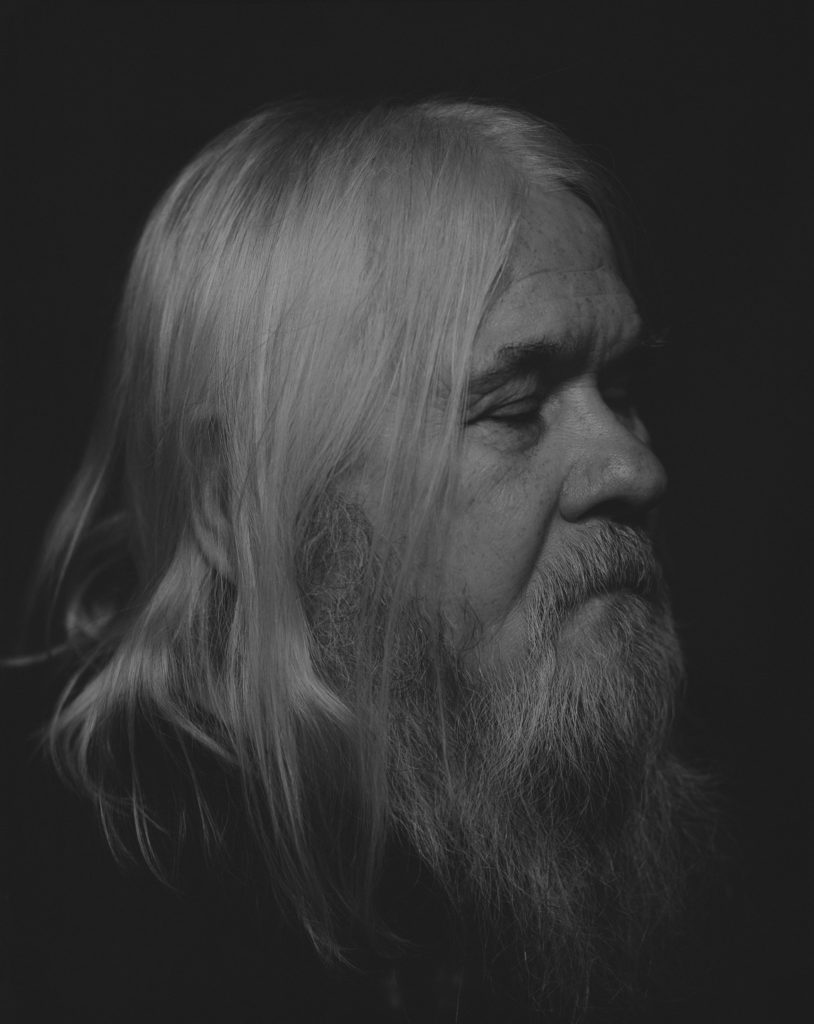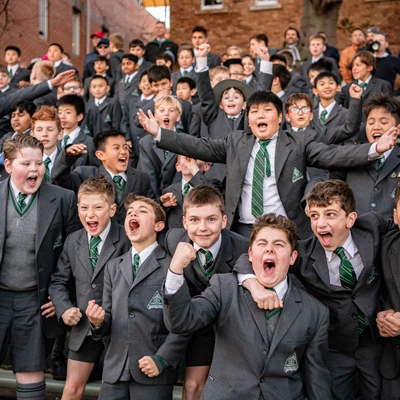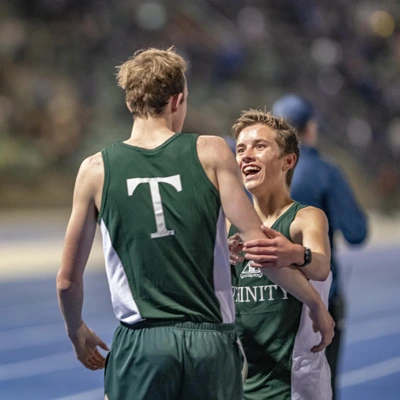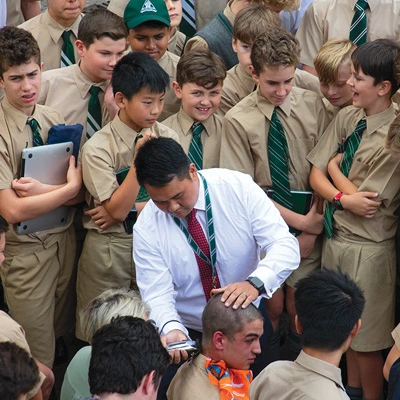Presented by Delmar Gallery in collaboration with Head On Photo Festival
View exhibition catalogue
4 – 26 May, 2019
David Dare Parker
Exodus: Rohingya Refugee Crisis Bangladesh
Australian photojournalist David Dare Parker spent a month in Cox’s Bazar District, Bangladesh in December 2017 where he reported on the Rohingya refugee crisis. This exhibition focuses on stories of people who crossed the Myanmar border in 2017 and the refugee camps that were rapidly established – and still continue – in Bangladesh. While terrible pain and trauma is evident in these photographic portraits, there is also profound dignity and resilience.
“Every person we met that had a story to tell, wanted to tell it. Their stories were consistent. They want the world to know what they have been through.”
Sunday 12th November 2017. A Rohingya elder stands gracefully with staff in hand, giving direction. Men row steadily, without so much as a glance in the direction of a small group of photographers wading out to greet them.
Women and children huddle together, quietly. The eight makeshift rafts, made of bamboo poles and yellow plastic palm oil containers, carry Rohingya refugees across the Naf River on a tide-dependent five-hour journey from Myanmar into Bangladesh.
Often described as the “world’s most persecuted minority”, the Rohingya are a Muslim ethnic group from the Rakhine State in Myanmar. In October 2016, a military crackdown in the wake of a deadly attack on an army post sent hundreds of thousands of Rohingya fleeing to neighboring Bangladesh.
This most recent exodus from Rakhine state, Myanmar, to the makeshift camps that have sprung up in Coxs Bazar District, began August 25, 2017, when militants from the Arakan Rohingya Salvation Army targeted about 30 police posts and an army base, killing several people.
So far more than 650,000 people have fled into Bangladesh, swelling the camps and creating a humanitarian crisis. Photograph by David Dare Parker
Agata Grzybowska
9 Gates of No Return
“You say that I live at the end of the world? The end of the world is there, on the left. I live even further, I live beyond.”
Shot over several winters in the remote Bieszczady Mountains, this exhibition by Polish photojournalist Agata Grzybowska is a meditation on displacement and loneliness.
In the wake of WWII, the Bieszczady region was forcibly depopulated. In the 1950s, it came to be synonymous with a mythical freedom from society. Grzybowska’s black and white photographs portray the frozen mountain landscapes and the lives of the outcasts, fugitives and exiles who dropped out in the 1950s to 1980s, hoping to find refuge there.
Official opening: Monday 6 May, 6pm
Guest speaker: Saba Vasefi, journalist, filmmaker, writer and Ambassador for the Asylum Seekers Centre
Saba Vasefi arrived in Australia in 2010 as a refugee, escaping persecution in Iran for her activism against the death penalty. She writes for the Guardian on the narratives of displacement and imprisoned women and children on Nauru. She is currently researching her PhD on Exilic Feminist Cinema Studies and teaches at Macquarie University.









